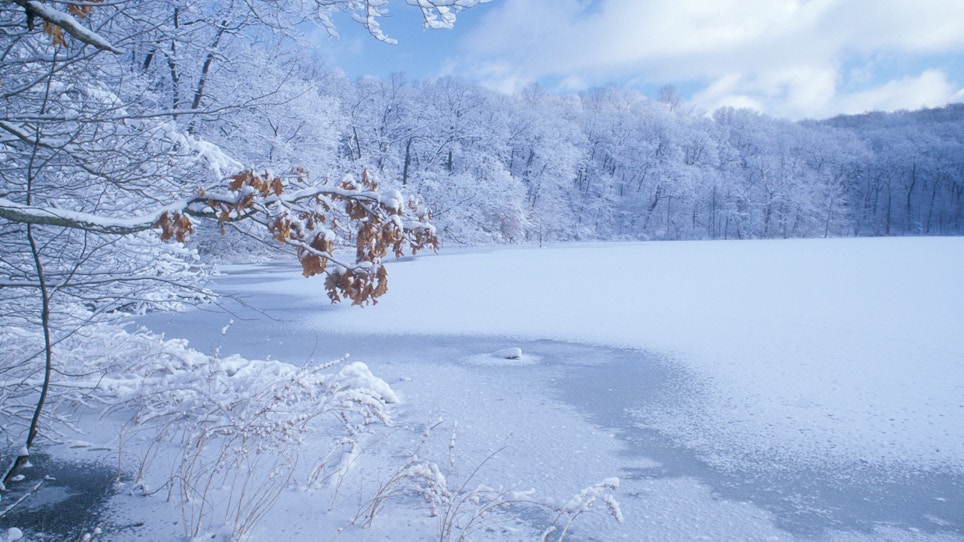If you’re not one who lives in frigid climates where everything's frozen solid for months at a time, maybe you've never wondered where deer find drinking water in harsh winter climates. But find it they do.
There Are Three Ways Deer Satisfy Their Water Needs
A deer's ability to stay hydrated has as much to do with how deer satisfy their water needs as it does with where deer go to satisfy those needs.
1. By Drinking Free Water
These are natural bodies of water from puddles, streams, seeps, springs, lakes or ponds, as well as cattle troughs and other man-made catchments.
2. Through Preformed Water
This is water found in the food deer eat. Its availability varies depending on the time of year and what vegetation is available. Regardless of the amount of water available, deer get most of their water from their food. During spring and early summer, the majority of a deer’s diet is comprised of forbs and other herbaceous material, which tend to be very succulent (high water content). When those types of plants disappear, what is left are plants that generally have less water in them such as older leaves, needles, buds and twigs on woody shrubs and saplings.
3. Through the Digestion Process
This is water that is released from food during the digestion process as a result of oxidizing carbs, fats and protein found in plants.
According to the Quality Deer Management Association, northern deer have the unique ability to recycle their urine and dry their feces internally to conserve water during winter.
— Courtesy QDMA
BONUS: Meeting water Needs in the Desert
Gazelles, an antelope species native to deserts, grasslands, and savannas of Africa, face similar water limitations but, conversely, limitations in this case are due to arid, dry climates. These animals have this same urine-recycling ability.
As cited in the book, “Walking the Gobi”:
"Gazelle are well suited to life in the water-deprived climate of the desert. To help conserve water, their body temperature rises during the day and they do not need to perspire. They recycle urine internally, and their feces are almost completely dry. Only during the last stages of pregnancy and shortly after calving do females need to drink, and then only in meager amounts.”
Featured photo: D. Penn (iStock)






